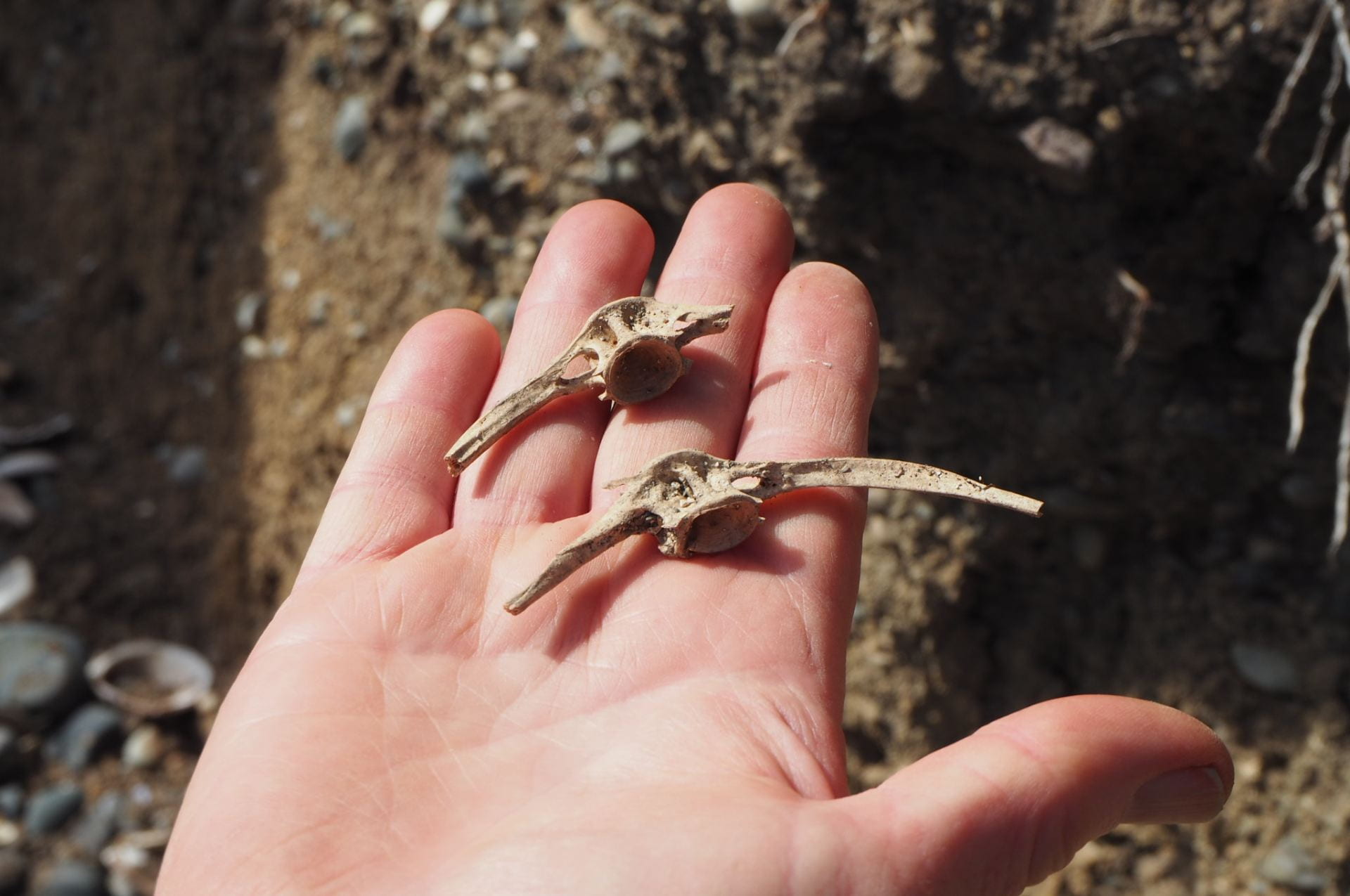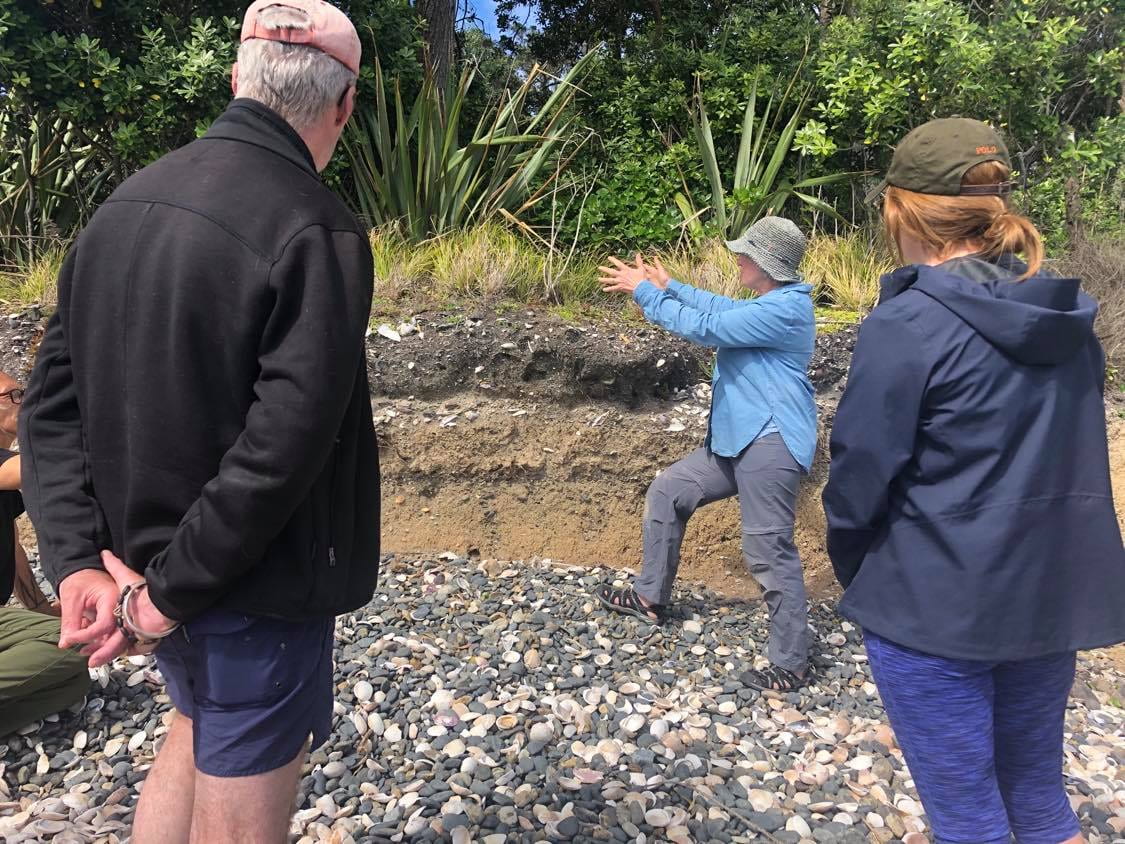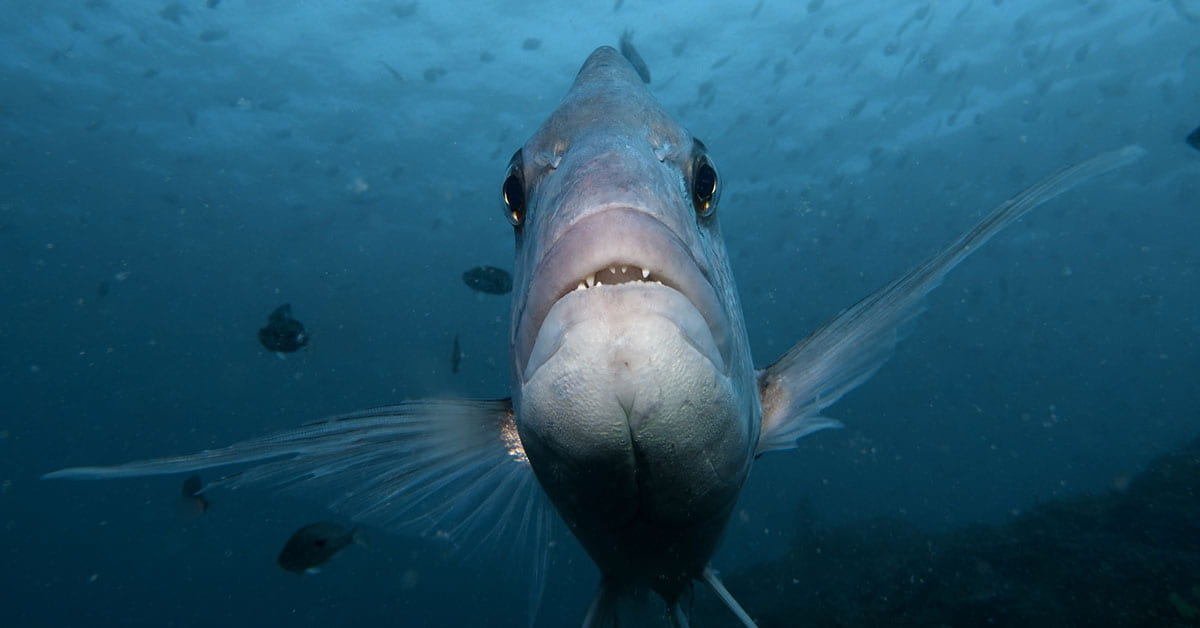People have been fishing for snapper around Aotearoa New Zealand for over 700 years. When Māori initially harvested this fish species as kaimoana the population remained healthy and abundant. It was the introduction of industrialised fishing after the arrival of Europeans that saw the population dwindle. In the late 19th century, snapper stocks had been so exploited that it was the first fishery to be regulated with a minimum catch size. By the 1980s, snapper stocks were on the brink of collapse with an estimated just 10% of the biomass of the original population (the limitations of these estimates are discussed in an earlier section). Evidence suggests that these population decreases led to changes in genetic diversity[1] potentially making the stock less resilient to the many stressors in the marine environment (outlined in this section).
The government brought in new management systems to protect this important fishery and rebuild the stocks – through the QMS and Fisheries Act 1996 a cap was put on total catch and people can keep larger snapper but have to throw the smaller ones back overboard, though there are concerns about survivability after being released. Population size may not be the only factor impacted by these rules. There is evidence that different species of fish are getting smaller, maturing at a younger age, and there is less genetic variation among the population because of human influence.[2] This suggests that our fishing practices may be causing other unintended consequences and genetic studies can help determine what these are.
There is evidence that different species of fish are getting smaller, maturing at a younger age, and there is less genetic variation among the population because of human influence.
Genetic signatures will show whether fishing has changed the evolution of snapper
An Aotearoa New Zealand study is underway to attempt to determine whether our fishing methods have changed the evolution of our local snapper. The study is comparing the DNA from ancient snapper remains that are around 600 years old to DNA from modern-day snapper collected across the entire local fishery. Snapper can live to be up to 60, but mature at 3-5 years old, so there could have been over 100 generations between these samples. The historical snapper samples are bone samples taken from archaeological excavations of Māori middens. Researchers can sequence the DNA from these samples using special techniques that account for the degradation of DNA that happens over time. Advances in technology have made it easier to get good quality DNA from these old samples, making it possible to sequence genes across the whole genome to gain a more complete picture of the changes.[3]

Analysing ancient DNA from fish bones found in middens can tell us about how our fish stocks and ecosystems have changed over time.

Tāmaki Paenga Hira Auckland Museum archaeology curator Louise Furey points out the different layers of a midden on Ōtata Island in the Hauraki Gulf’s Noises island group, watched by the OPMCSA team. The top layer dates to around 600 years ago, when Rangitoto erupted. The middle layer is ash from the Rangitoto, below which is a thin layer representing the earliest occupation of the island.
The team of researchers will compare the genetics of the old and new samples using the snapper genome that was assembled as part of a research programme to investigate snapper as a potential species for aquaculture. The differences will tell a story. For example, there may be evidence of lots of genetic variation among the ancient samples, but limited diversity in the modern samples. That would tell us that population decline removed a lot of variation from the population, and is changing the species as a whole. As another example, there may be evidence that the current snapper population has variation at genes known to control size, growth and maturation, which differ to those in the ancient samples. This would suggest that the changes have occurred more recently in response to environmental pressures in order for the snapper to survive.

Australasian snapper. Image credit: lcolmer/iNaturalist (CC BY-NC 4.0).
Clues from the past can inform future management of fisheries
Understanding how the genetics of the snapper population has changed due to intensive fishing is important for sustainability. If it becomes clear that the way we manage our snapper population is influencing the evolutionary process by making the population become smaller, we could change the management of this species to preserve the remaining diversity – for example, by taking smaller ones and returning bigger ones and reversing a practice introduced by Europeans, or selecting for medium-sized fish through the use of harvest slots.[4]
References and footnotes
[1] Hauser, L. et al. (2002) Loss of microsatellite diversity and low effective population size in an overexploited population of New Zealand snapper (Pagrus auratus), Proceedings of the National Academy of Sciences of the United States of America, 99(18), pp. 11742–11747.
[2] Darimont, C. T. et al. (2009) Human predators outpace other agents of trait change in the wild, Proceedings of the National Academy of Sciences, 106(3), pp. 952 LP – 954.
[3] Oosting, T. et al. (2019) Unlocking the potential of ancient fish DNA in the genomic era, Evolutionary Applications, (12) p. 1513–1522.
[4] Gwinn, D. et al. (2015) Rethinking length-based fisheries regulations: The value of protecting old and large fish with harvest slots, Fish and Fisheries, 16, pp. 259–281.
